Top speed 820 km/h Wingspan 11 m Cruise speed 740 km/h First flight July 19, 1965 | Range 1,520 km Length 11 m Engine type Armstrong Siddeley Viper | |
 | ||
The Soko J-21 Jastreb (English: Hawk), referred to as the J-1 Jastreb in some sources, is a Yugoslav single-seat, single-engine, light attack aircraft, designed by the Aeronautical Technical Institute (ATI), (Serbian: Vojnotehnički Institut Beograd (VTI)), in Belgrade and manufactured by SOKO. Derived from the G-2 Galeb advanced jet trainer and light attack aircraft, it was designed in single-seat ground-attack and two-seat advanced flying / weapon training versions.
Contents
- Design and development
- Operational history
- First Congo War
- Bosnia and Herzegovina
- Variants
- Operators
- Former Operators
- Serbia
- Specifications J 21 Jastreb
- References
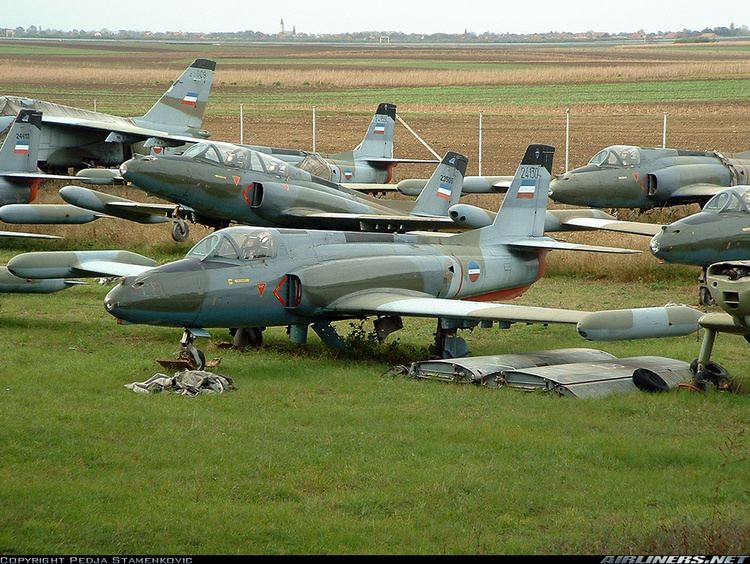
Design and development
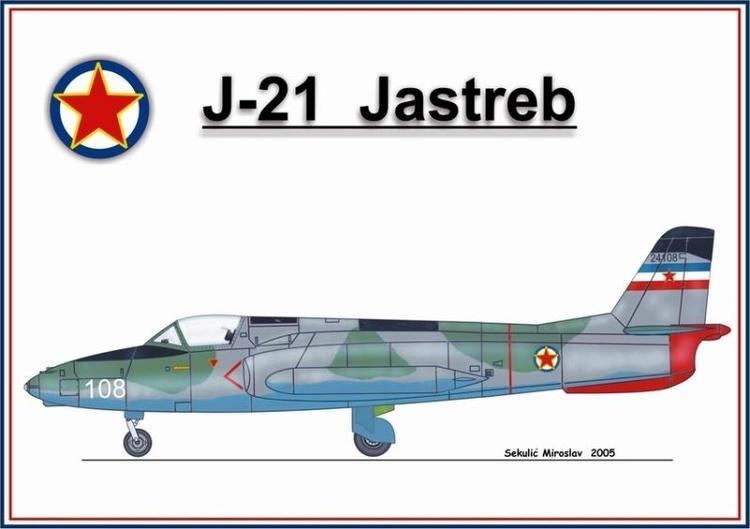
The J-21 Jastreb was developed as a replacement for the Republic F-84 Thunderjet, which had been the most commonly used turbojet fighter-bomber aircraft of the Yugoslav Air Force until 1967. On the basis of the G-2 Galeb, the J-21 Jastreb was developed as a single seat ground attack variant, flying for the first time on 19 July 1965.
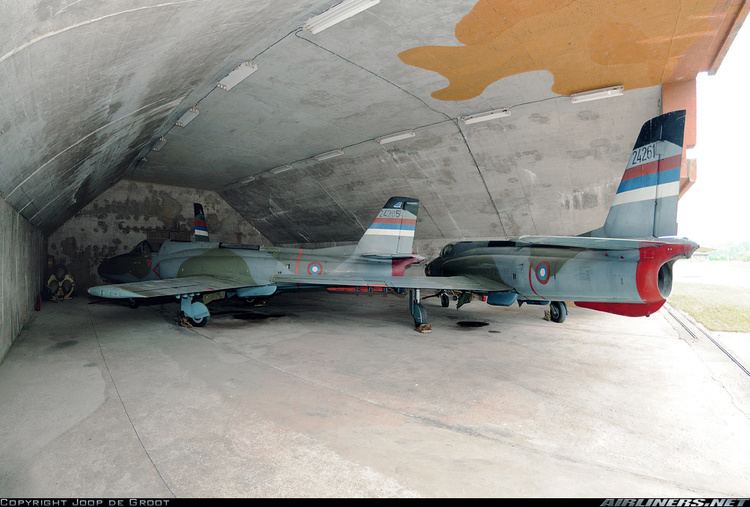
Pilots sit on licence-built Folland Type 1-B ejection seats under individual canopies hinged on the starboard side in un-pressuried cockpits. Instruments and controls are entirely conventional with manually operated flying controls and standard flight instruments.
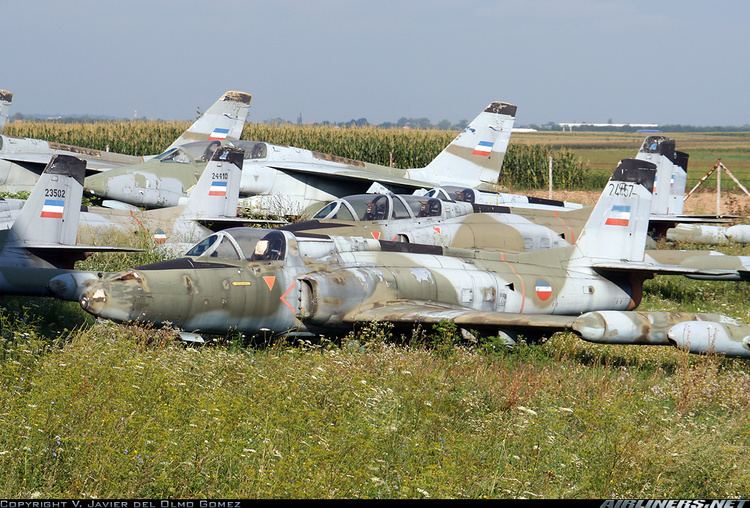
Powered by a single BWB licence-built Rolls-Royce Viper Mk531 the Jastreb has a conventional Aluminium Alloy stressed skin structure with few or no special features. The relatively thick aerofoil section, though limiting performance, provides room for fuel cells and the retracted main undercarriage which retracts inwards, giving the Jastreb a wide track and imbuing it with excellent ground handling characteristics. The levered undercarriage legs and relatively low pressure tyres allow the Jastreb to operate from un-prepared strips or rough surfaced airfields.

Compared to the Galeb, the Jastreb has a strengthened structure, allowing more weapons to be carried, including three 12.7 mm (0.5 in) Browning AN/M3 machine guns with 135 rpg, mounted in the nose of the aircraft. As well as the nose-mounted guns, the Jastreb is able to carry up to 800 kg (1,800 lb) on under-wing pylons, two inner pylons having a capacity of 250 kg (550 lb) for bombs, rocket launchers and additional tanks, while the six outer pylons can carry VRZ-157 127 mm (5.00 in) rockets.
Operational history
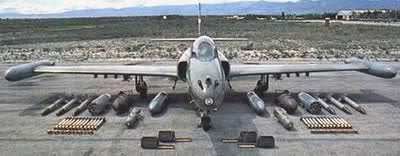
The J-21 entered service with the JRV (Yugoslavian Air Force) on 31 December 1968, with very few, if any, remaining in service.
First Congo War
According to some reports, France and Yugoslavia supported Mobutu's government during the First Congo War. Namely, Yugoslavia agreed to deliver three J-21 and a single G-2 aircraft, as well as four MiG-21PFMs, while three Mi-24s were purchased from Ukraine. All these aircraft were based at Gbadolite and flown mainly by Serbian mercenaries.
With few exceptions it remains unknown exactly what happened with each of these aircraft and how they were used after their arrival in Zaire, in late 1996-1997. In the case of Mi-24s it is known that one hit a power line and crashed on 27 March 1997, killing the three crewmen and four passengers.
The fate of at least one J-21 Jastreb was not much better: one of the Serbian pilots, Ratko Turčinović, was killed while flying an ultra-low-level pass over Gbadolite, clipping a lamp post with his wing. The wreckage of his aircraft fell directly into a column of young soldiers on a parade, killing dozens. The accident is reported as being attributed to Turčinović's alcohol dependency.
Soon after the accident, the Serbs were expelled from the DRC and the Jastrebs were abandoned along with the Galebs. MiG-21s and Mi-24s, which were awaiting assembly by Russian or Ukrainian technicians at Gbadolite, were also abandoned and can still be seen on the ramp at Gbadolite (2013).
Bosnia and Herzegovina
Six J-21 Jastreb of the Republika Srpska Air Force were engaged by USAF F-16's during Operation Deny Flight. In what would become known as the Banja Luka incident, the Jastreb were engaged after violating the NATO-enforced no-fly-zone. The USAF claimed 4 J-21's as being shot down by F-16's, while the Serbs claimed 5 Jastrebs as lost. The discrepancy likely stems from a damaged Jastreb crashing near the airfield after the F-16's had departed.
Variants
Operators
Former Operators
Serbia
Specifications (J-21 Jastreb)
Data from
General characteristics
Performance
Armament
Avionics
K-14C or K-14A gun sight
